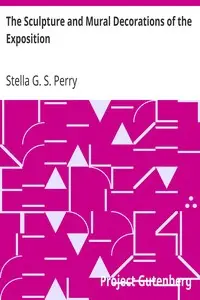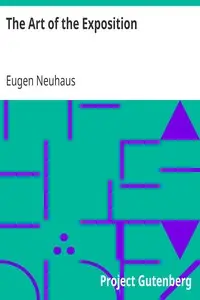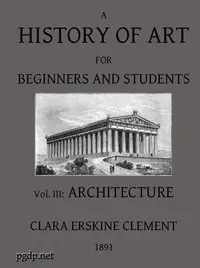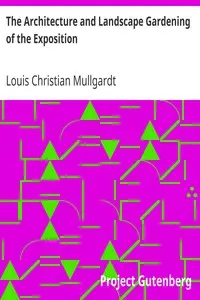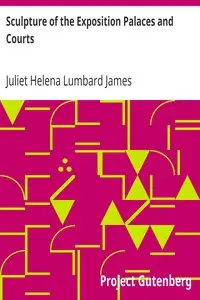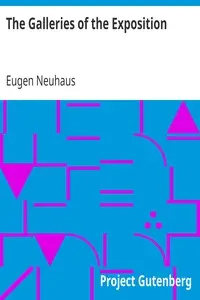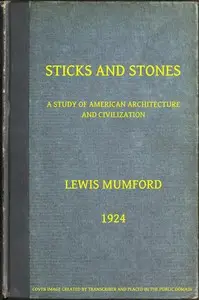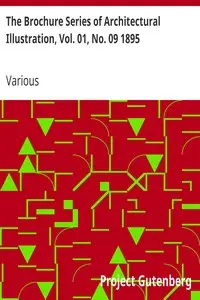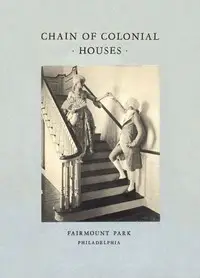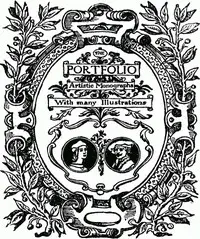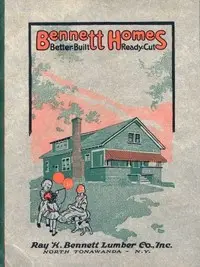"An Art-Lover's Guide to the Exposition" by Sheldon Cheney is an early 20th-century guidebook that explores the art and architecture of the Panama-Pacific International Exposition. It invites readers to appreciate the Exposition's artistic elements, such as architecture, sculptures, and murals, emphasizing the theme of human achievement. The book highlights the collaboration among architects, sculptors, and painters, presenting the Exposition as a symbol of American progress and artistic development during that era, setting readers up to explore exhibits and understand the deeper meanings within each piece.
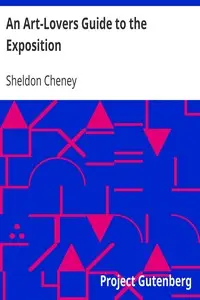
An Art-Lovers Guide to the Exposition Explanations of the Architecture, Sculpture and Mural Paintings, With a Guide for Study in the Art Gallery
By Sheldon Cheney
Discover the hidden symbolism and artistic intentions behind the grand architecture, sculptures, and mural paintings of an international exposition that celebrated human progress and cultural harmony.
Summary
About the AuthorSheldon Warren Cheney was an American author and art critic, born at Berkeley, California, the son of Lemuel Warren Cheney (1858–1921), California lawyer and writer, and May L. Cheney (1862–1942), Appointment Secretary at University of California, Berkeley for over forty years. At first he worked in his father's real estate business, later moving to Detroit where he founded the Theatre Arts Magazine in 1916 and edited it until 1921. Cheney was one of the most significant pro-modernist theatre and art critics of the early twentieth century. He helped introduce European modernist practices in theatre to the United States. His Theatre Arts Magazine promoted American little theatre activity, advocated for New Stagecraft design, and nurtured new American playwrights.
Sheldon Warren Cheney was an American author and art critic, born at Berkeley, California, the son of Lemuel Warren Cheney (1858–1921), California lawyer and writer, and May L. Cheney (1862–1942), Appointment Secretary at University of California, Berkeley for over forty years. At first he worked in his father's real estate business, later moving to Detroit where he founded the Theatre Arts Magazine in 1916 and edited it until 1921. Cheney was one of the most significant pro-modernist theatre and art critics of the early twentieth century. He helped introduce European modernist practices in theatre to the United States. His Theatre Arts Magazine promoted American little theatre activity, advocated for New Stagecraft design, and nurtured new American playwrights.

